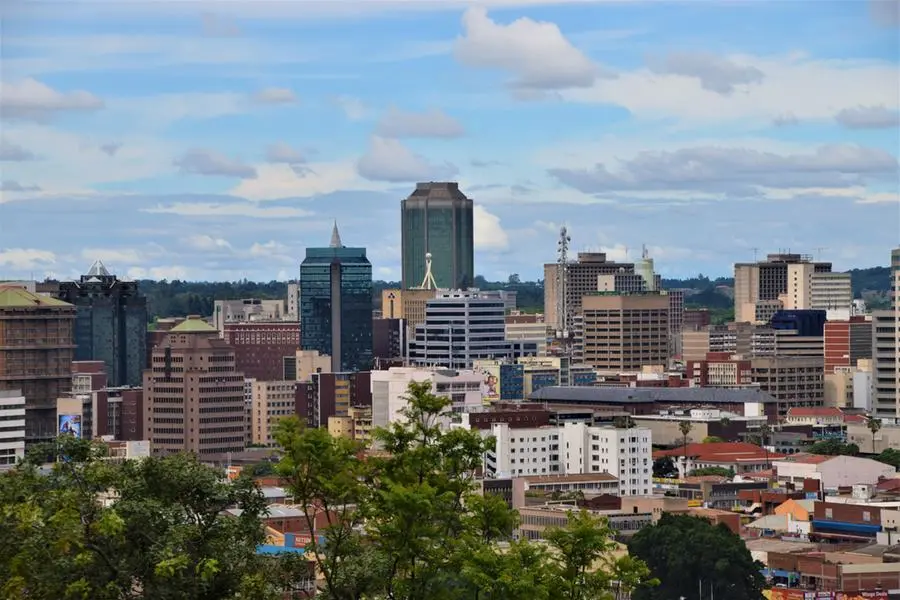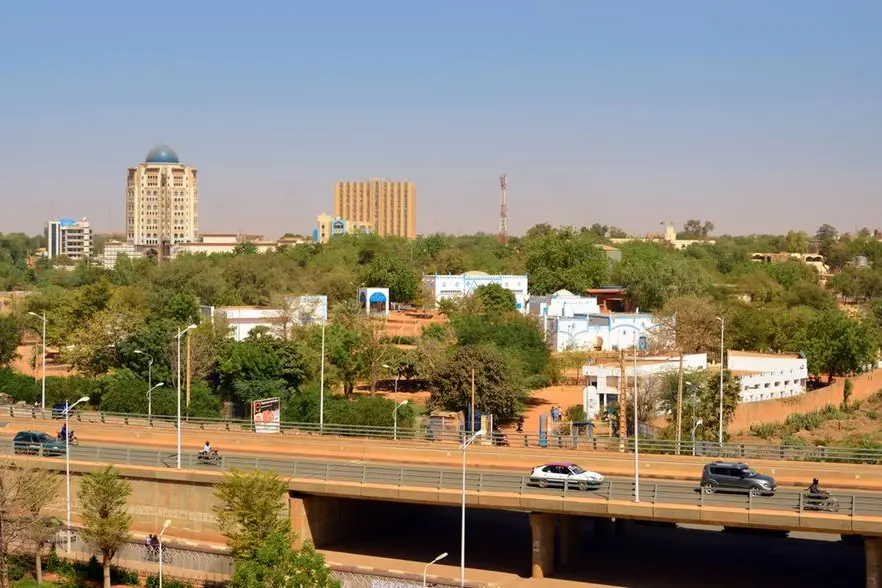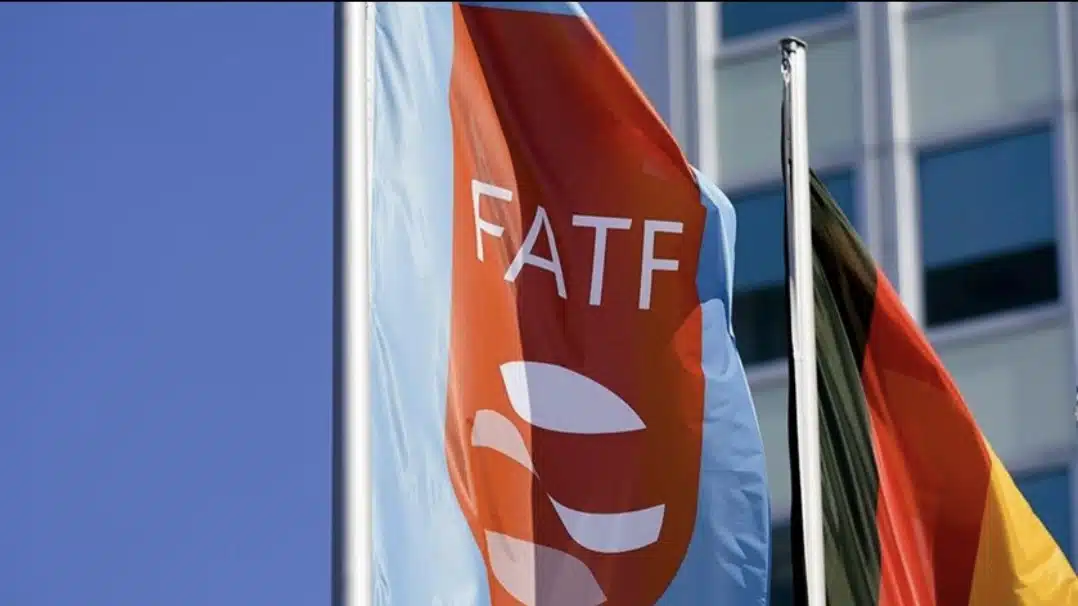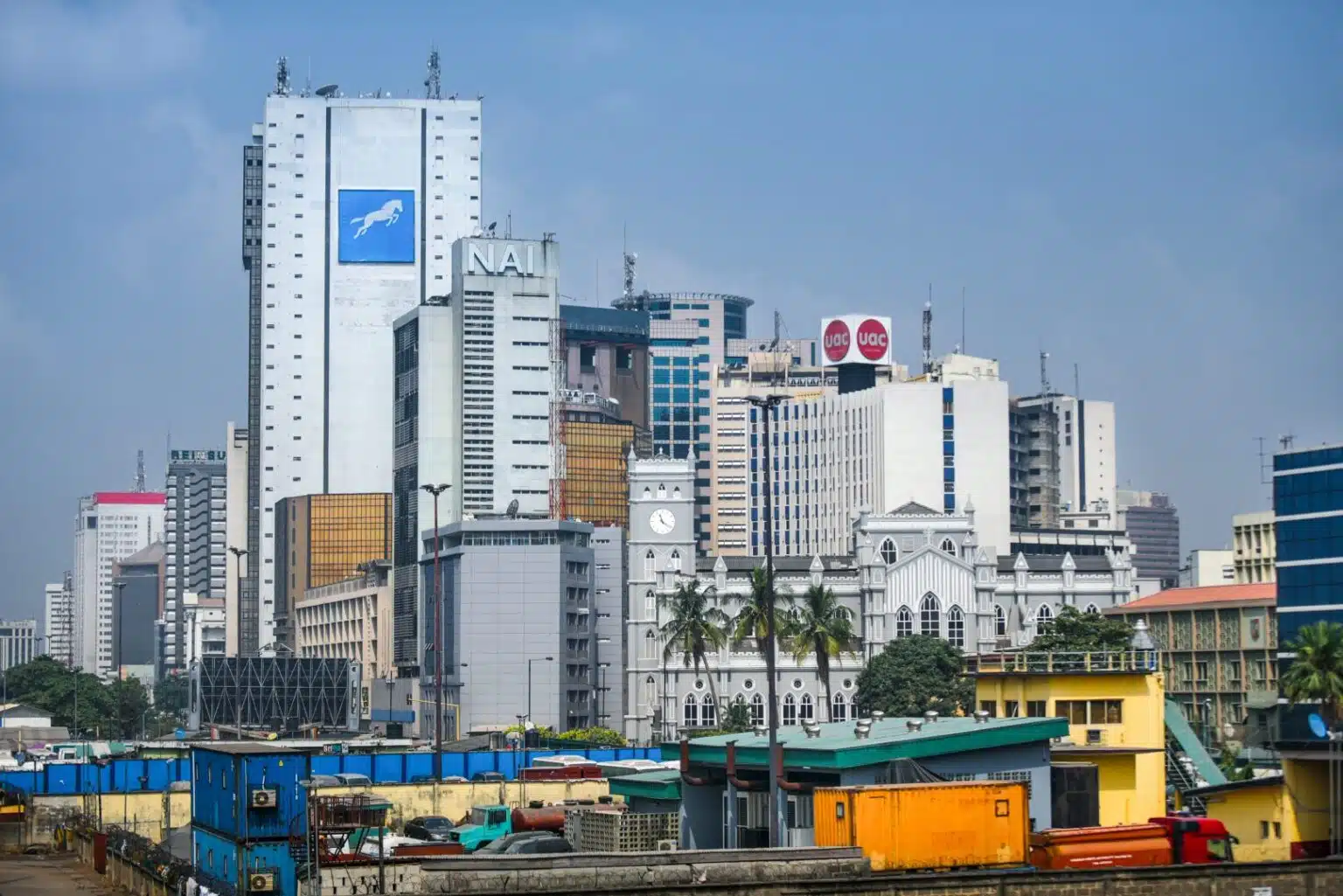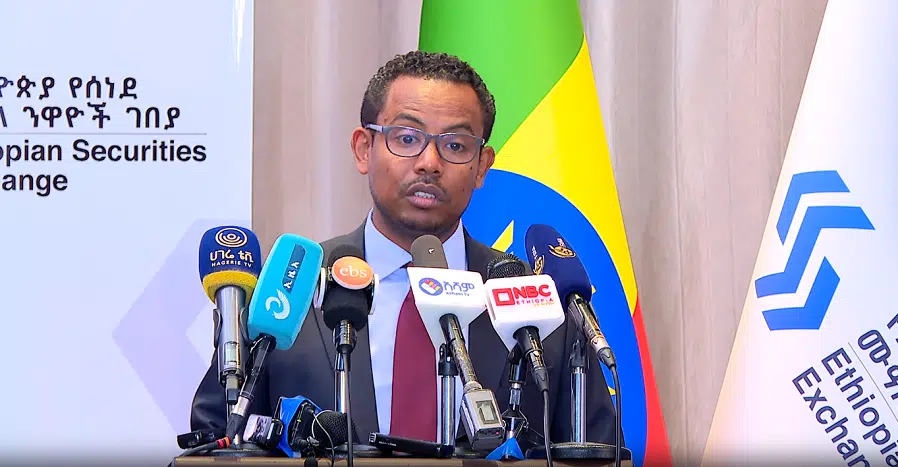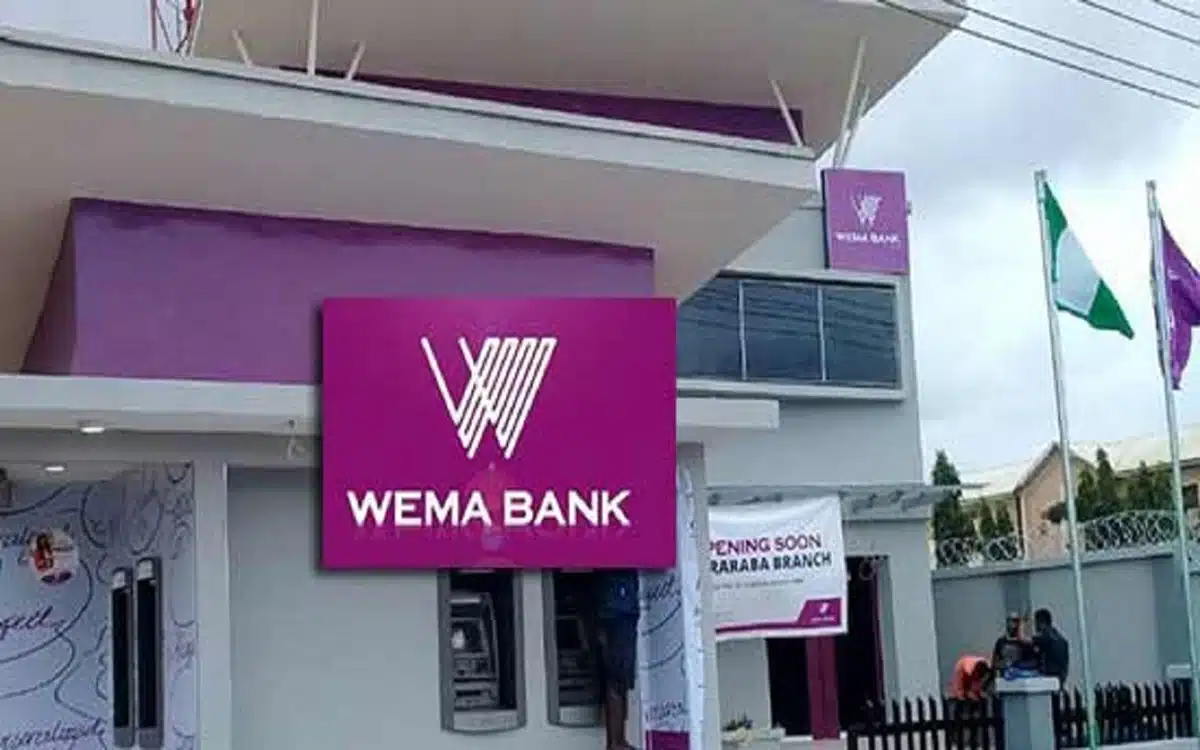Zimbabwe, a lower-middle-income country in southern Africa, is among the two African nations — alongside Zambia — that are again absent from the Top 100 African Banks 2025 list, according to African Business Magazine.
The annual ranking, which measures banks’ financial strength based on Tier 1 Capital — the sum of a bank’s core equity, reserves, and retained earnings — features banks from 20 African countries, including the Democratic Republic of Congo, Togo, Mozambique, Côte d’Ivoire, Angola, and Gabon.
According to the London-based IC publication, Zimbabwe’s exclusion stems from years of economic shocks, hyperinflation, and currency instability that have eroded the balance sheets of local banks and diminished investor confidence.
“Growth has been stronger since the COVID-19 pandemic, and the World Bank forecasts a 6% increase in GDP this year, so the country’s banks could re-enter our rankings if the economic environment continues to improve,” African Business said. “Sound government and governance will be key.”
Despite recent signs of recovery, Zimbabwe’s financial sector remains fragile. With a population of about 17 million, the country has faced some of the world’s highest inflation rates, a volatile exchange-rate regime, and frequent shifts in its monetary framework — from the launch of the ZiG (Zimbabwe Gold) currency in April 2024 to ongoing struggles with dollarisation.
Although the World Bank classifies Zimbabwe as a lower-middle-income country, its economy continues to be constrained by policy inconsistencies, low foreign investment, and chronic power shortages.
In 2024, the Bank said GDP growth slowed to 1.7% largely due to drought-induced agricultural declines and energy supply disruptions.
“Zimbabwe continues to be in debt distress, with high and unsustainable public debt that limits its access to international financing. Due to the accumulation of external arrears and legacy debts, total public debt reached $23.2 billion in 2024 (72.9% of GDP),” the multilateral lender said in a recent report.
The country has been in non-accrual status to the World Bank since 2000 and is also in arrears to the African Development Bank and the European Investment Bank.
But last July, Finance Minister Mthuli Ncube projected that growth would rebound to around six percent in 2025, supported by improved crop yields and stronger commodity prices. However, according to International Monetary Fund data, inflation remains above 30%, while access to credit is still limited.
These structural weaknesses have made it difficult for Zimbabwean banks to meet the capitalisation thresholds required to compete with their peers across the continent.
Mauritius emerges as a continental banking hub
In contrast, Mauritius has positioned itself as one of Africa’s leading financial centres. The government, through the Mauritius International Financial Centre, is leveraging the African Continental Free Trade Area (AfCFTA) to facilitate cross-border trade and attract regional investment.
The Mauritius Commercial Bank (MCB) remains the largest non–South African lender, with Tier 1 capital of $1.5 billion, up from $1.4 billion last year. Six Mauritian banks are now ranked among Africa’s top 20. Angola and Mozambique each contributed three banks, while Namibia had two.
MCB operates across Kenya, Madagascar, Mozambique, Seychelles, and South Africa, and has expanded internationally to Dubai, France, and the Maldives.
It has also embraced technology by adopting a unified Temenos banking platform and introducing AI-driven credit scoring to strengthen lending and manage non-performing loans.
South African banks maintain dominance
South Africa’s financial giants once again dominate the Southern African rankings, occupying the top six positions. Despite the rise of digital-first banks, none have yet broken into the regional top 20.
Standard Bank remains the largest lender in Africa, while Absa Bank recorded the highest growth in Tier 1 capital, rising from $4.7 billion in 2024 to $5.6 billion in 2025.
The combined capital of the top 20 banks in Southern Africa climbed from $37.4 billion to $40.4 billion over the past year, though growth was largely concentrated among the biggest players.
Nigeria leads West and Central Africa
In West and Central Africa, total Tier 1 capital fell from $15.6 billion to $14.9 billion as lenders grappled with macroeconomic headwinds. Nigeria still dominates the region with 12 banks on the list, followed by Côte d’Ivoire (3), Ghana (2), and one each from Togo, Gabon, and the DRC.
Access Bank has overtaken FirstBank and now trails Zenith Bank, which ranks as the biggest lender in the region. Ecobank Transnational remains the largest non-Nigerian bank, followed by BGFI Gabon, whose Tier 1 capital surged to $1.3 billion from $844 million in 2024.
African Business noted that Nigeria’s banking sector continues to evolve through waves of consolidation driven by the Central Bank of Nigeria’s new capital requirements.
In March 2024, the CBN raised minimum capital thresholds to ₦500 billion ($333 million) for international banks, ₦200 billion ($134 million) for national banks, and ₦50 billion ($33 million) for regional and merchant banks.
North Africa holds the deepest strength
North Africa remains the continent’s most financially robust region, led by Egypt and Morocco.
Egypt’s National Bank of Egypt tops the regional table with $7.3 billion in Tier 1 capital, followed by Morocco’s Attijariwafa Bank ($6.2 billion), Banque Centrale Populaire ($5.2 billion), and Egypt’s Banque Misr ($4.8 billion).
Moroccan banks continue to benefit from early expansion into sub-Saharan Africa, boosting profits and cross-border connections. BCP, which operates in 32 countries (18 in Africa), reported a 16.8% increase in half-year profit to 3.5 billion dirhams ($386 million) in 2025.
East Africa: The fastest-growing region
Kenya continues to drive East Africa’s banking growth, led by Equity Bank ($1.9 billion), KCB Group ($1.7 billion), and Co-operative Bank of Kenya ($927 million) — all ranking among the fastest-growing institutions by Tier 1 capital.
Ethiopia is also emerging as a rising player, with six banks now in the East African top 20, following banking-sector liberalisation. The country’s rapid 9% annual economic growth and large population of 135 million position it for further expansion as deregulation opens space for domestic and foreign lenders.

